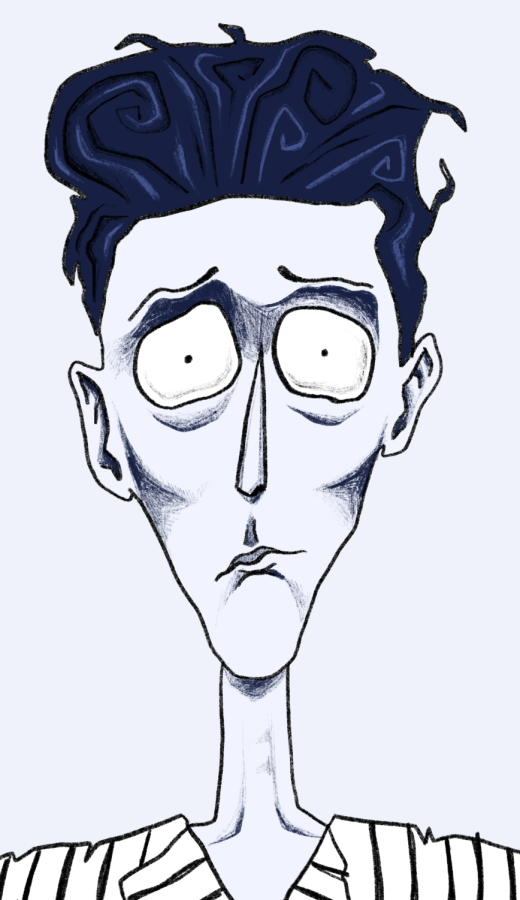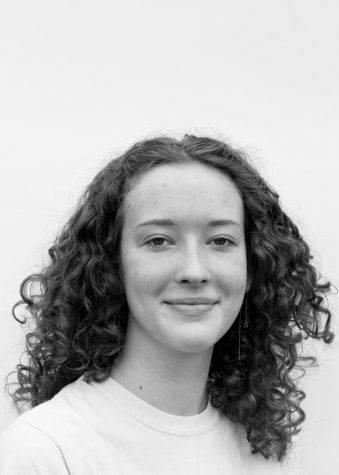Why Tim Burton is Wrong About “Forced Diversity”
Tim Burton’s claims about forced diversity are blatantly false.
June 9, 2022
Tim Burton is an artist, writer, and director who is often hailed as one of the great talents of Hollywood. He has produced classics such as Beetlejuice, Corpse Bride, Edward Scissorhands, and more. One could even say that the man has invented his own genre; his art is easily identifiable and all his films capture a hauntingly beautiful air. All this being said, Burton is far from a perfect artist.
Recently, Burton has been criticized for the all-white casts in his movies. Yes, this includes his animated movies, where his voice actors and animations lack any sort of diversity. Burton’s only character voiced by a Black person is called “The Boogeyman,” who is the main antagonist of The Nightmare Before Christmas. This character is not only named after a derogatory term historically used against Black people, but also feeds on gumbo, which is presented as an unappealing monster’s food.
Burton has been asked about his distaste towards minorities in many interviews throughout his career, and has given out very empty excuses. He has claimed that any role that does not outright require a person of color is inherently a white role. In an interview with Bustle News, Burton claimed that “things either call for [diversity] or they don’t.” Burton even explained that his films were based on his own dreams, which only include white people.
This brings into question the idea of “forced diversity,” a term often used when there is representation of racial minority groups in films that do not entail plotlines directly related to race or racism. The idea of “forced diversity” is a myth. To claim it to be real, one would have to believe that movies are inherently white, and therefore that the world is inherently white. Burton is one of these ignorant people that believes that his fantastical, dream-like cinematic experience could only feature white people. This mindset is simply narrow-minded and racist.
Many franchises have successfully and unsuccessfully attempted to become more racially inclusive. Many times, nonwhite characters are incorporated in very inauthentic ways that make POC audiences uncomfortable. One example of this is The Vampire Diaries, a popular teen drama show from the early 2010s. This show has a fully white main cast except for one character, Bonnie, who is played by a Black woman. The show is set in a town in the South that proudly celebrates its Confederate history. Bonnie doesn’t care that her classmates constantly celebrate the fact that their ancestors owned slaves. She is friends with ex-Confederate soldiers. Without the character of Bonnie, the show would be completely white, but Black audiences have spoken up to say that they felt more offended by the role than included. She is written in order for the white people in charge to not be criticized for a lack of diversity. Now, this is not to say that her plotline needed to be completely centered around racism. But it is noteworthy that the concept of race in general seems to be nonexistent in a town that constantly celebrates its Confederate history. This is one case where the label of “forced” diversity is understandable.
To add characters of color just for the sake of having minorities in a movie would not accomplish much, but including people of color should be a natural and instinctive aspect of filmmaking. Frequently, what is called “forced diversity” is actually mishandled diversity, and could easily be fixed if Hollywood’s elite consisted of more people of color.
This piece also appears in our May 2022 print edition.











